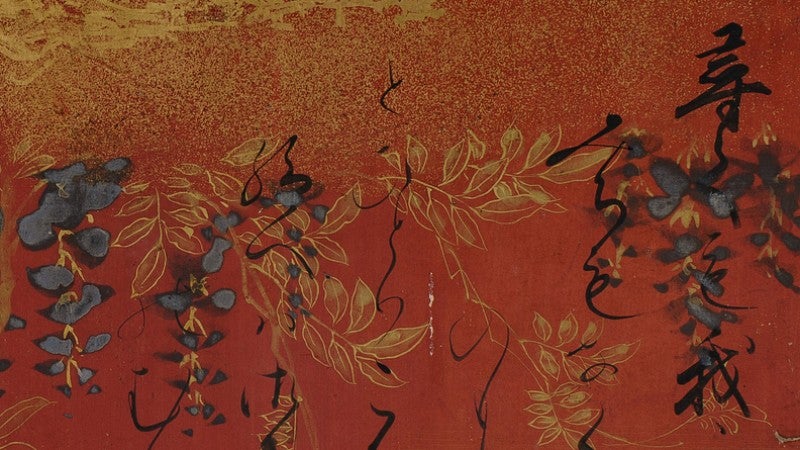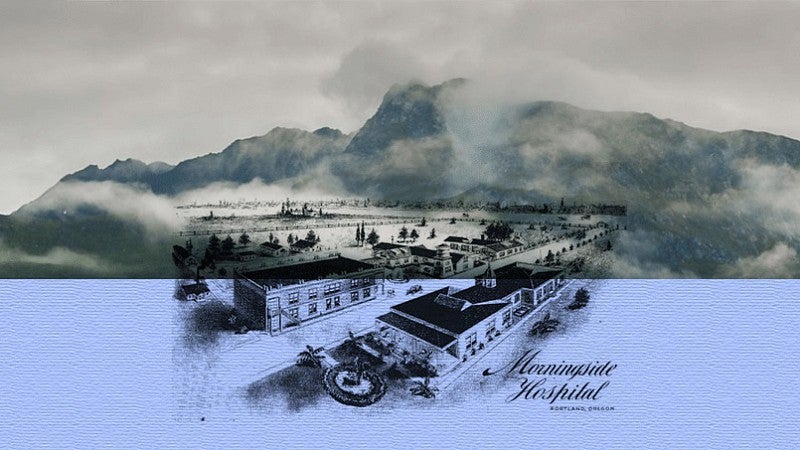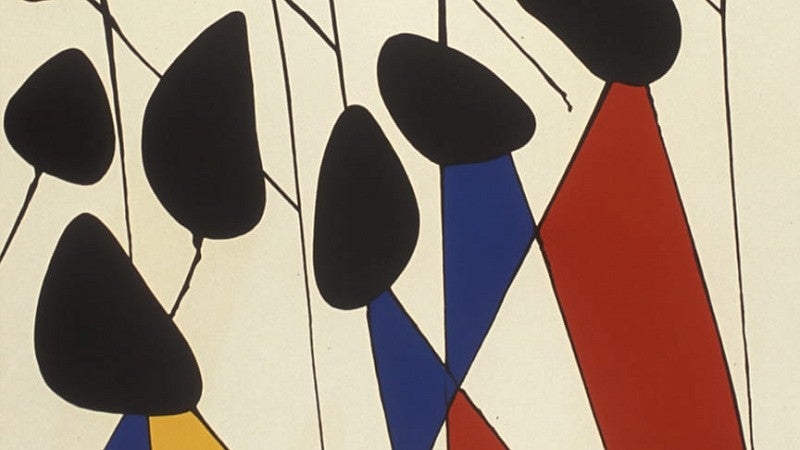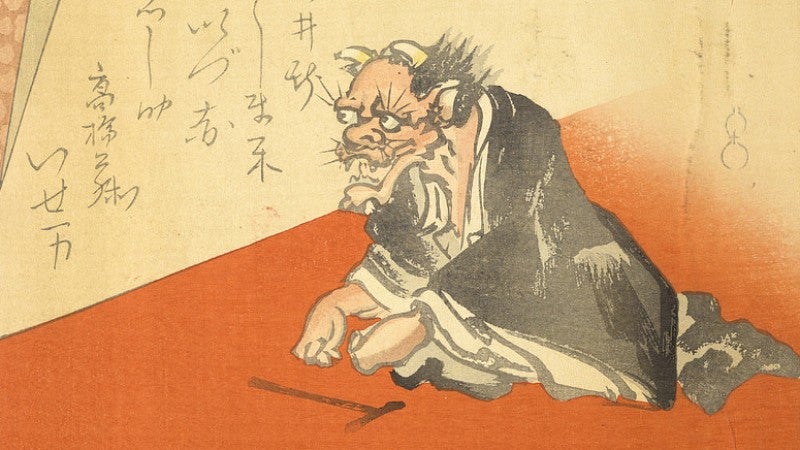With the collaborative launch of their three newest digital projects, the University of Oregon Libraries and the Jordan Schnitzer Museum of Art recently marked the completion of the first phase of the UO GLAM Alliance.
An acronym for “Galleries, Libraries, Archives and Museums,” the UO GLAM Alliance is a creative partnership advocated by the nonprofit Council on Library and Information Resources as a key strategy for advancing “hidden collections.” Library and museum leaders created the GLAM Alliance at the UO in 2016, and in 2018 secured funding from the Andrew W. Mellon Foundation.
“Mellon awarded the funds to support enhanced collaboration among campus libraries and museums, and to encourage increased use of library and museum assets in research, teaching and learning at the UO and beyond,” said Franny Gaede, director of digital scholarship services with the libraries.
The $300,000 grant supported the development of six online resources highlighting important museum and library collections. Over the course of three academic years, it helped fund fellowships for seven UO faculty members, two postdoctoral fellows in library-museum collaboration, and three graduate employees.
Focused on academically and culturally significant collections held by the university, each project was led by a member of the UO faculty and developed from their research and teaching. They were assisted by the GLAM Alliance staff and area experts from the libraries and museum.
“For us, this was a chance to innovate,” said Gaede, whose library department contributed technical expertise and day-to-day management to the projects. “Our work included two of the earliest projects in the world to be published on the Omeka S platform. We helped create themes and plugins that people everywhere are going to be able to take advantage of.”
Operating under a Creative Commons license, the published contents are also meant to be adapted and reused by a variety of educators in schools, libraries, museums and other institutions. In the manner of online exhibitions, the sites can also be visited and “toured” by curious members of the public.
“The exact contents vary by site, but in general these are media-rich sites featuring a wealth of photography, moving images, interviews, podcasts, and interactive content,” Gaede said. “I think the heart of each of these projects is in uniting collections that are physically disparate. We are offering a digital experience that is not something you could replicate in the physical world; you would have to go from one location to another to view all these materials. In the digital realm, you can actually look at them side by side.”
Visit the resource sites:

In East Asian tradition, calligraphy was considered the noblest art form, capable of revealing the very essence of a person. An accomplished writing hand, therefore, was revered, studied and eagerly sought after. With metadata from research conducted by Maude I. Kerns Associate Professor of Japanese Art Akiko Walley, this exhibition highlights UO’s fine collections of Japanese calligraphy. The site features 355 beautiful and representative examples of calligraphic texts drawn from religious texts, poetry slips, narrative stories and personal letters dating from the eighth to the 17th centuries.

Centered on a case study of Portland’s Morningside Hospital, this project examines mental health care’s role in shaping American identity during the mid-20th century. Developed from the research and pedagogy of English professor Mary Wood and associate professor of global studies Kristin Yarris, the site focuses on the controversial period when Morningside, a private psychiatric hospital, contracted with the U.S. government to transport and house patients from the Territory of Alaska. In the process, families were separated and Alaska Natives, Russian immigrants and many others were relocated against their wishes.

Only a small fraction of collections are displayed to or accessed by the public, yet museums and libraries devote significant resources to their long-term curation. This site is an open curriculum introducing entry-level participants to resources and major issues in collections acquisition, care, access and digitization. The project was coordinated by Daphne Gallagher, senior instructor of anthropology and associate dean for undergraduate studies with the Robert D. Clark Honors College.

The Artful Fabric of Collecting
Led by associate professor of history Ina Asim, this digital exhibition introduces viewers to luxurious Chinese textiles originally collected by UO benefactor Gertrude Bass Warner. A cornerstone of the world-class Asian art collections held by the Schnitzer Museum, these items range from imperial robes to religious vestments to fine upholstery. The resource explores these exquisite fabrics not only as status symbols of the wealthy and powerful but also technological and creative achievements made by generations of highly skilled, if anonymous, artisans.

Among the many wonders in UO’s library and museum collections are a strange menagerie of monsters, ghosts and demons hailing from Japan. Glynne Walley, professor of East Asian languages and literatures, explores the artistry and historical significance of tiny, exquisite woodblock prints that were something like the precursors to trading cards. Known as senjafuda, or “thousand-shrine-slips,” the world’s finest collection of these materials outside of Japan is housed at the UO. Focusing on the evolution of monsters in popular culture, this site brings a fascinating segment of the collections to light.

In 1963, the late documentary filmmaker and UO alum James Blue filmed participants as they prepared for the March for Jobs and Freedom in their home cities, followed them as they traveled to Washington, D.C., and recorded their reactions as they listened to Martin Luther King Jr.’s iconic “I Have A Dream” speech. This digital exhibition explores Blue’s film “The March” in its social and historical context, delving into the broader civil rights movement in the 1960s. The project was led by professor of rhetoric David Frank and it made extensive use of James Blue's papers, which are held by Special Collections and University Archives.
—By Jason Stone, University Communications


